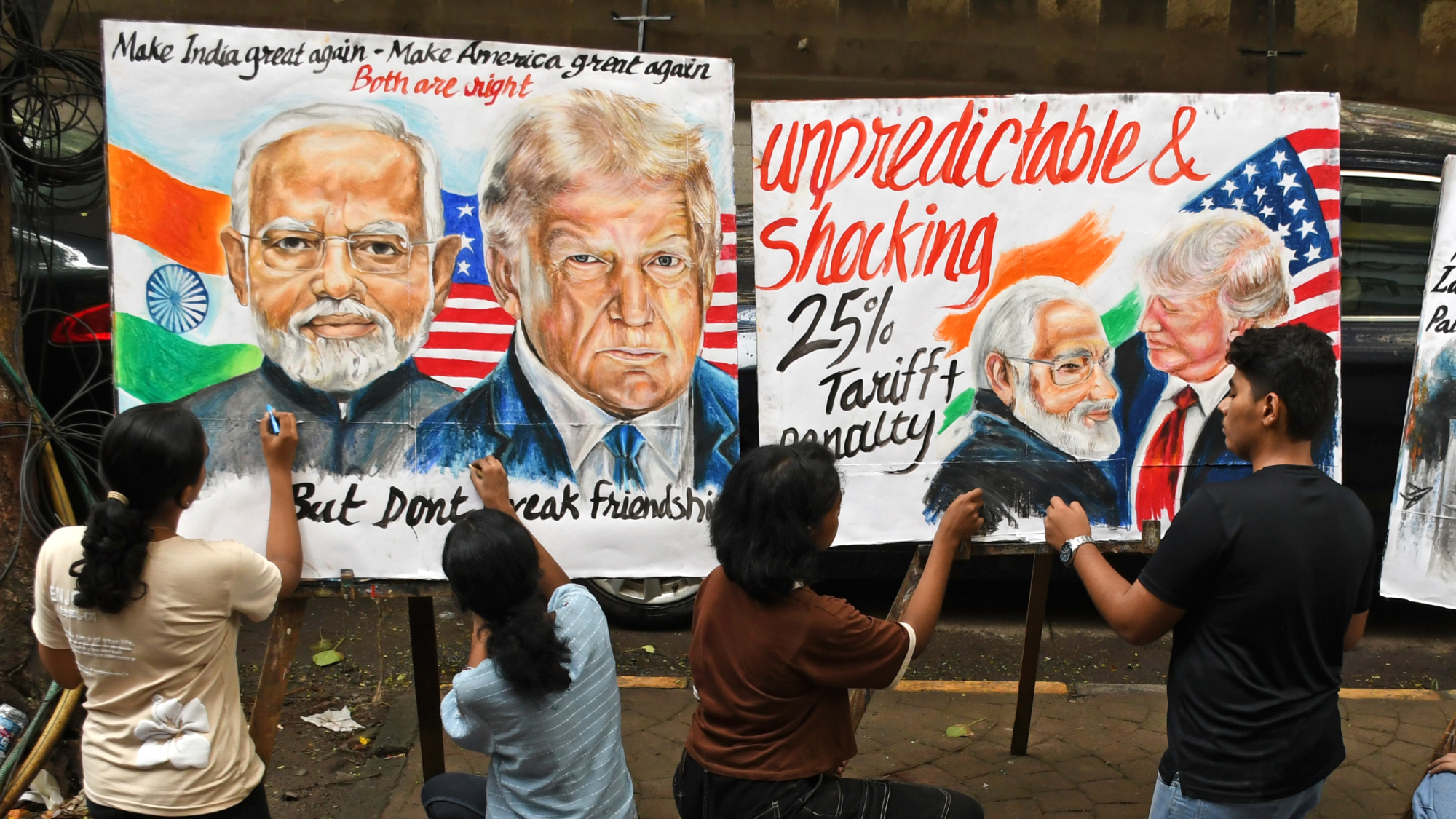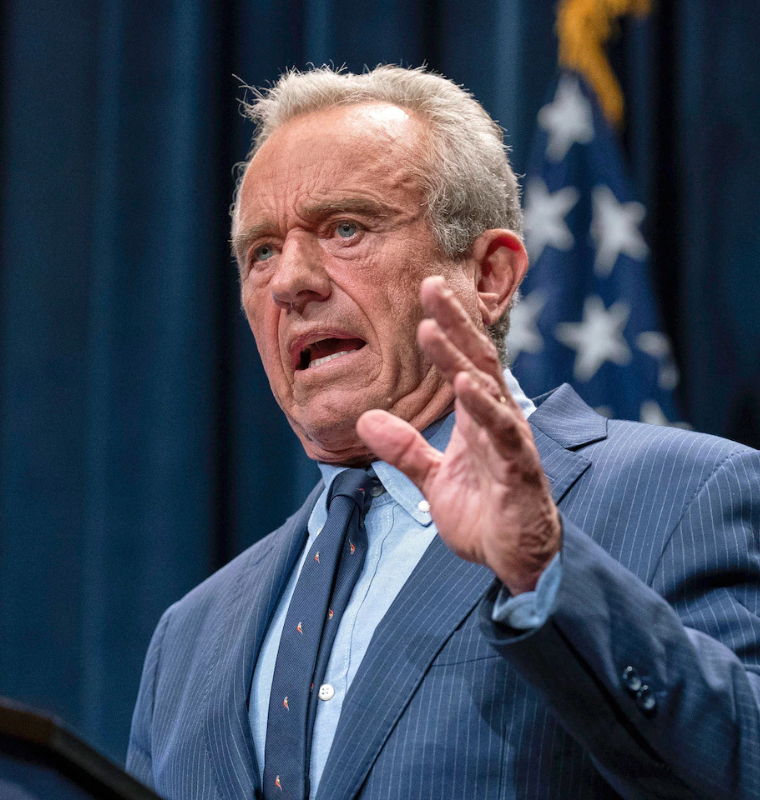Why India Faces Heavy U.S. Tariffs Despite Russian Crude Not Being Sanctioned
Why India Faces Heavy U.S. Tariffs Despite Russian Crude Not Being Sanctioned
By
Junia Wells
Last updated:
August 7, 2025
First Published:
November 30, 2025

Photo: The Week
Rising Tariffs on India Amid Russian Oil Imports: What’s Driving the U.S. Move?
The White House’s recent decision to impose an additional 25% tariff on India—raising total U.S. tariffs to 50%—has raised eyebrows in global energy and trade circles. This comes despite the fact that Russian crude oil, heavily imported by India, is not subject to outright sanctions but rather a G7-imposed price cap designed to restrict Moscow’s revenue from oil exports.
India’s purchase of Russian crude has surged to its highest-ever annual pace, currently importing around 1.79 million barrels per day—more than half of Russia’s seaborne crude exports. Data from Kpler shows Russia’s total crude exports at approximately 3.35 million barrels daily, with India taking roughly 1.7 million barrels and China about 1.1 million.
Global Crude Price Impact and India’s Energy Security Concerns
Industry insiders in India’s petroleum sector warn that if India abruptly halts Russian crude imports, global oil prices could soar dramatically—potentially exceeding $200 per barrel. This spike would not only hit Indian consumers but also reverberate across global markets already grappling with energy price volatility.
India’s oil imports continue to rise year-over-year as domestic demand grows, with Russian crude making up roughly 36% of its total oil imports in 2025, down slightly from 38% in 2023 and 2024.
Giovanni Staunovo, commodity analyst at UBS, notes that Indian refineries would likely pivot back to Middle Eastern oil if Russian barrels were cut off, but he doubts other buyers would fill the gap—highlighting the market disruption this shift could cause.
Diplomatic and Strategic Contradictions
The U.S. stance on India appears contradictory to recent history. Former White House energy advisor Bob McNally points out that after Russia’s invasion of Ukraine, the Biden administration encouraged India to import Russian crude to help keep global prices in check. Now, that policy is reversed, leading to confusion in New Delhi.
India’s Petroleum Minister Hardeep Singh Puri has emphasized that buying Russian oil under the price cap has helped stabilize global prices, warning that without this, crude could have surged to around $130 per barrel.
The U.S. Tariff Increase: A Negotiation Tactic or Strategic Pressure?
Sara Vakhshouri, founder of SVB Energy International, describes the tariff hike as a “negotiation tactic” by the Trump administration aimed at recapturing U.S. oil market share lost in India and addressing declines in U.S. commodity exports since 2022.
Despite tensions, India has maintained coordination with the U.S. on energy policies, including sanctions on Iranian oil, but insists that the current tariff measures are “unjustified and unreasonable.”
Price Caps, Sanctions, and the Role of OPEC+
Russian crude is sold under a price cap of $60 per barrel, set by the EU and G7 nations to limit Moscow’s earnings without cutting Russia off from global markets entirely. This approach is designed to prevent a supply shock and massive price spikes.
While sanctions impact some Russian LNG exports, European countries continue to purchase Russian pipeline gas and LNG, with Russia still supplying about 19% of the EU’s LNG in early 2025.
As a member of OPEC+, Russia’s oil production contributes to a delicate balance in global supply. A full cessation of Russian crude exports would exhaust OPEC+’s spare capacity to stabilize markets, a risk the Biden administration reportedly weighed carefully.
What Lies Ahead?
With global energy markets already volatile, the U.S.’s punitive tariffs on India over Russian oil imports risk straining one of its key strategic partnerships in Asia. India’s firm response underscores the complexity of balancing geopolitical pressures, economic realities, and energy security imperatives.
The recent tariff escalation signals a tougher U.S. stance post-election, but industry experts caution that forcing India to sever Russian oil ties without a coordinated global plan could backfire—triggering price shocks and supply shortages worldwide.
Popular articles
Subscribe to unlock premium content
Gourmet Gold: Micro-Venture Funds and Europe’s Artisan Food Revolution

Artificial Elegance in Fashion

Ferrari’s Craft of Desire

Gourmet Gold: Micro-Venture Funds and Europe’s Artisan Food Revolution

Artificial Elegance in Fashion

Gourmet Gold: Micro-Venture Funds and Europe’s Artisan Food Revolution









